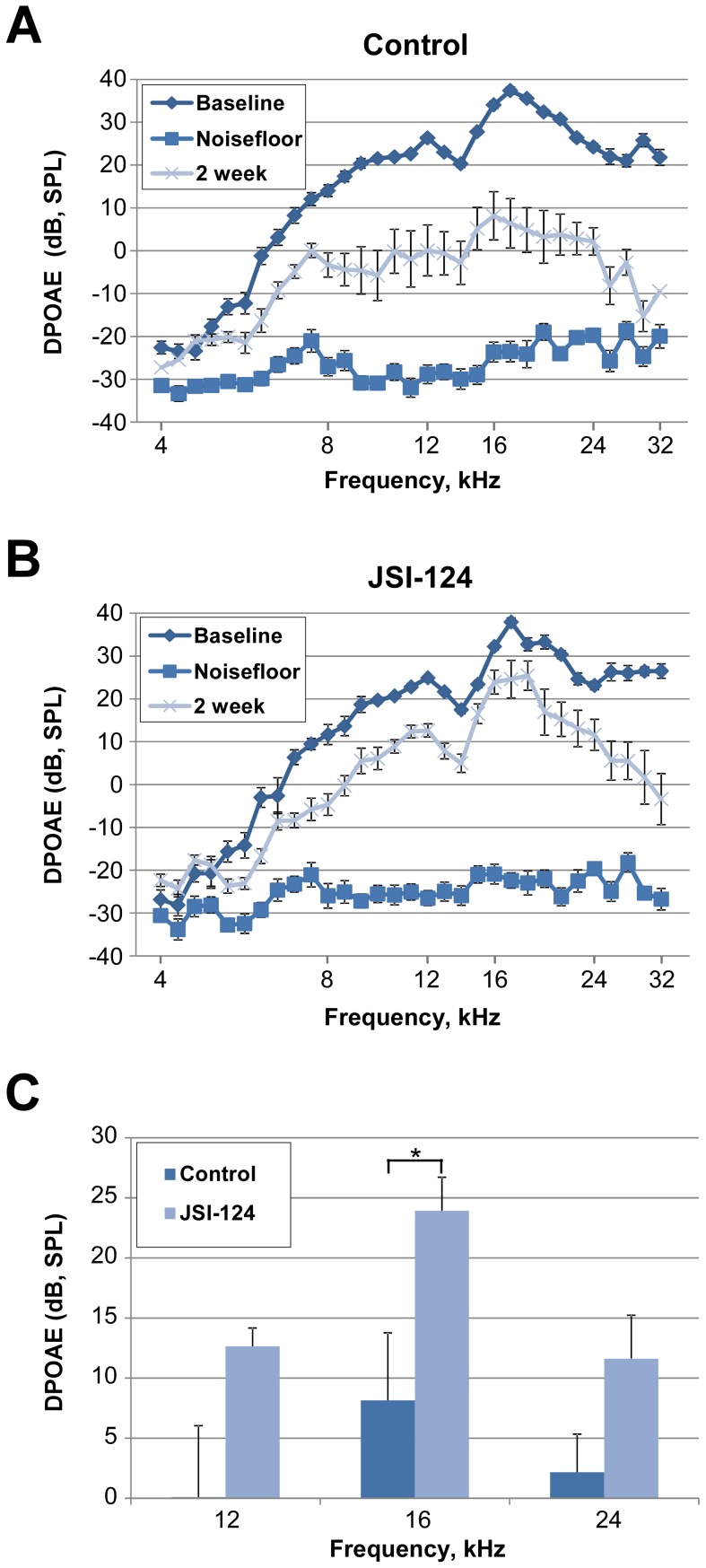Figure 5. Inhibition of JAK2/STAT3 pathway improves DPOAE recovery.
Inhibition of the JAK2/STAT3 pathway improves distortion product otoacoustic emissions (DPOAE) recovery from exposure to 4–48 kHz loud sound at 110 dB SPL for 3 hours. Mice were treated with JSI-124 (Cucurbitacin I) (1 mg/kg) or DMSO (Control) at 48 hours, 24 hours and 1 hour prior to sound exposure. DPOAE measurements were performed before (Baseline: normal hearing threshold) and at 2 weeks (permanent threshold shift) post noise exposure. The noisefloor is the measure of the signal created from the sum of all the noise sources and unwanted signals generated within a data acquisition and signal processing system. (A) Control group (DMSO). (B) JSI-124 treated group. Data are presented as mean±SEM, n = 6 mice/group. (C) Bar graph representation of the 12, 16 and 24 kHz data obtained at 2 weeks post noise exposure showing a significant reduction in threshold shift with JSI-124 treatment at 16 kHz. Data presented as mean+SEM. *P<0.05.

